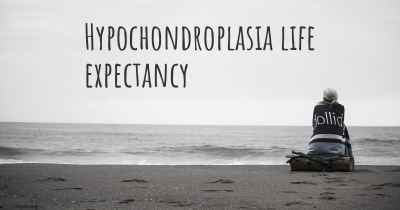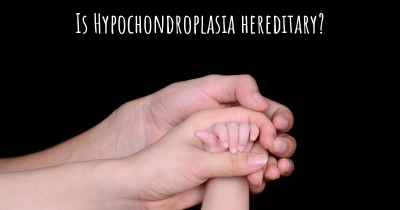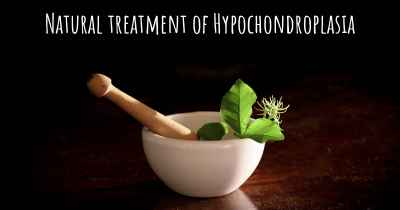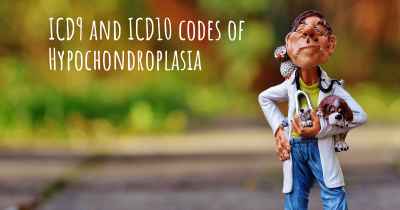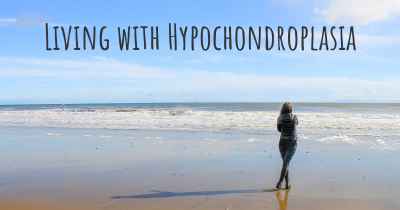18
What is the prevalence of Hypochondroplasia?
How many people does Hypochondroplasia affect? Does it have the same prevalence in men and women? And in the different countries?
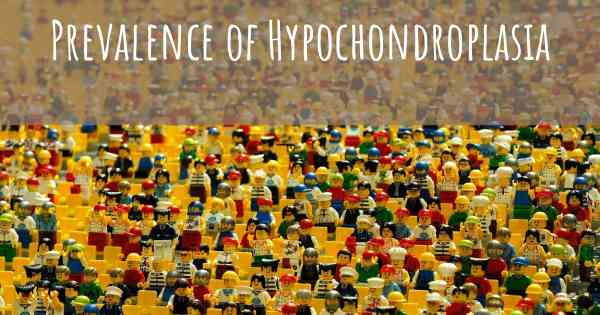
Hypochondroplasia is a rare genetic disorder characterized by short stature and skeletal abnormalities. It is estimated to occur in approximately 1 in 15,000 to 40,000 individuals worldwide. This condition is caused by mutations in the FGFR3 gene, which plays a role in bone growth and development. Hypochondroplasia is typically diagnosed based on clinical features and genetic testing. While it can affect both males and females, it is often milder compared to other forms of dwarfism. Early intervention and management can help individuals with hypochondroplasia lead fulfilling lives.
Hypochondroplasia is a rare genetic disorder that affects bone growth and development. It is characterized by short stature, short limbs, and a relatively large head. The prevalence of Hypochondroplasia is estimated to be around 1 in 15,000 to 1 in 40,000 births.
Although it is considered a rare condition, Hypochondroplasia is the most common form of skeletal dysplasia after Achondroplasia, which is the most common cause of dwarfism. It is usually diagnosed during childhood based on physical characteristics and radiographic findings.
Hypochondroplasia is caused by mutations in the FGFR3 gene, which plays a crucial role in skeletal development. These mutations lead to abnormal bone growth and result in the characteristic features of the condition.
While Hypochondroplasia can occur in individuals of any ethnic background, it is more commonly observed in people of European descent. It affects both males and females equally.
It is important to note that Hypochondroplasia is a lifelong condition, but with appropriate medical management and support, individuals with this disorder can lead healthy and fulfilling lives. Regular monitoring by healthcare professionals and early intervention can help address any potential complications and improve quality of life for those affected.
Diseasemaps
